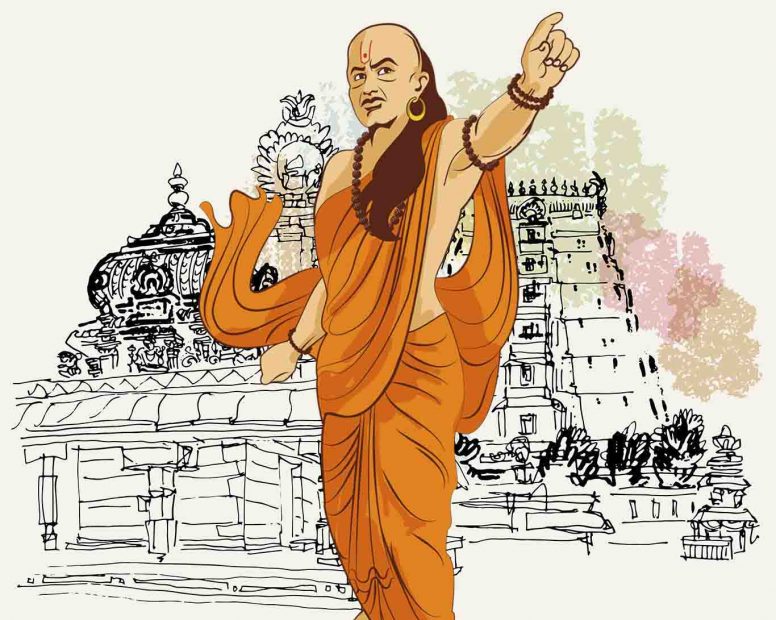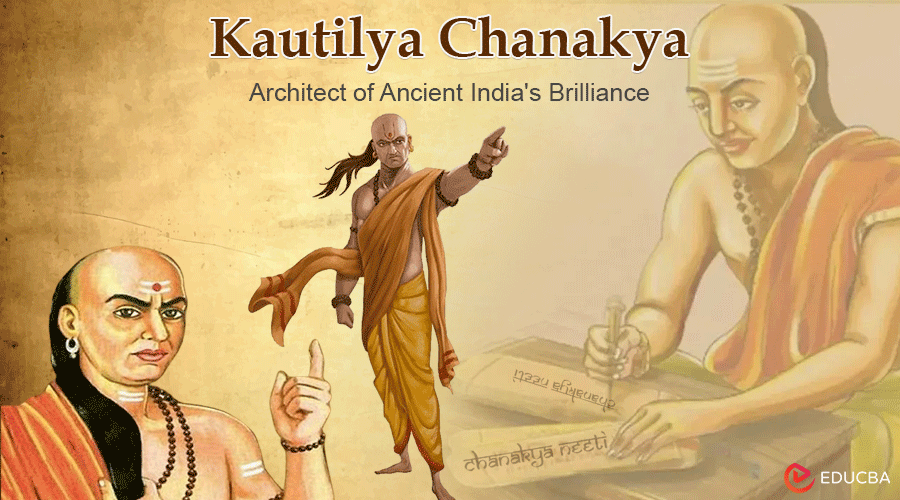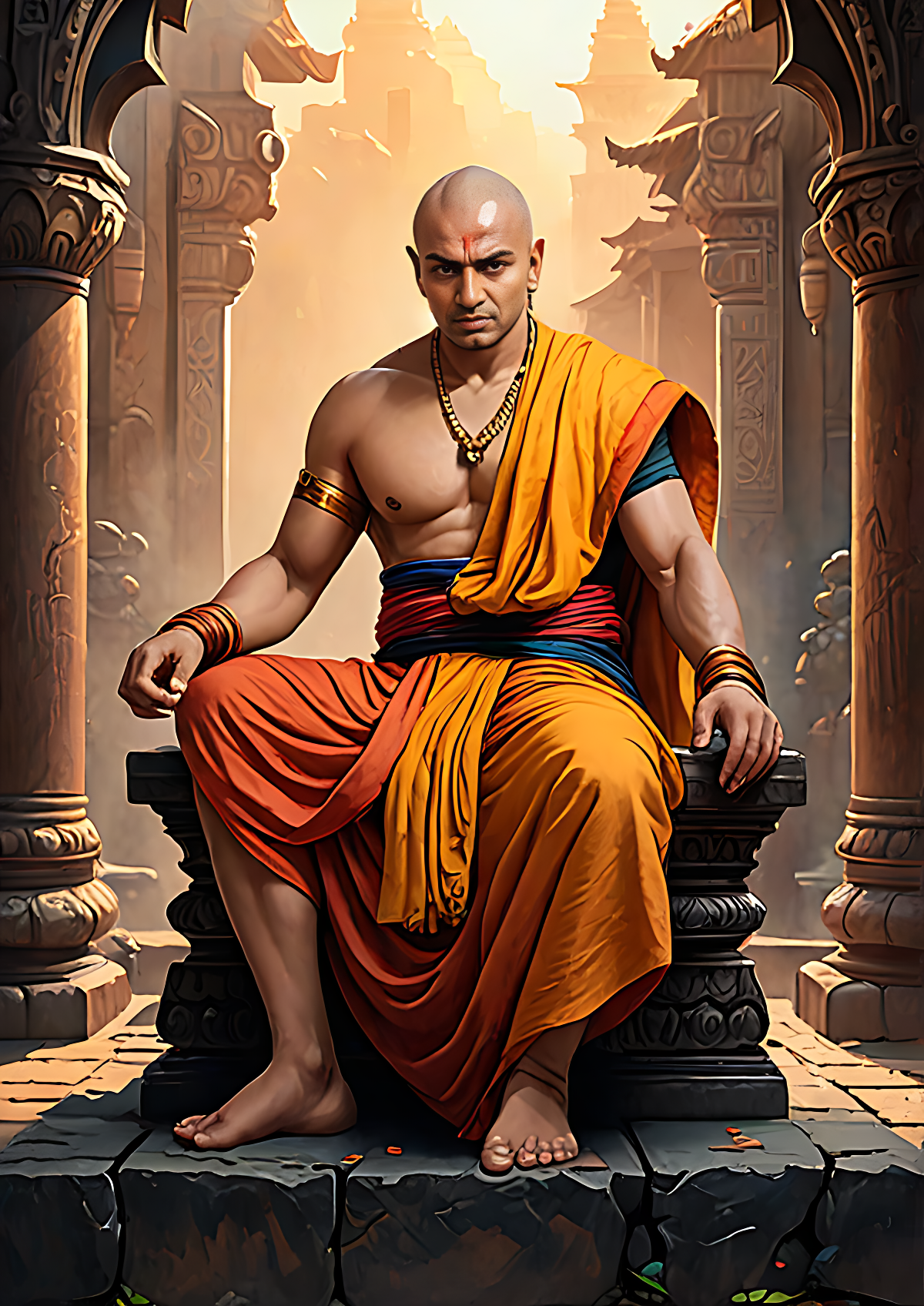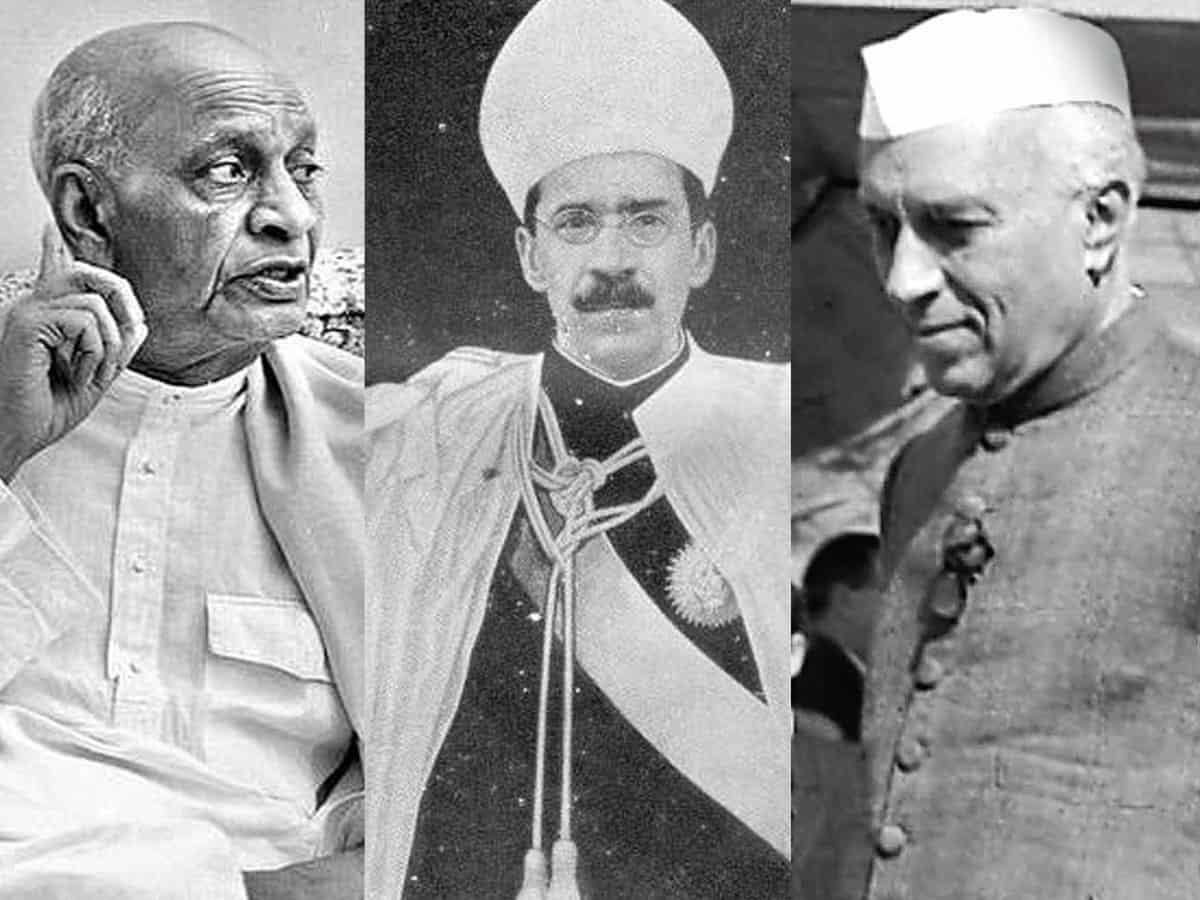
- Introduction
- Oppression of Hindus in Hyderabad
- Formation and Atrocities of the Razakars
- Nehru’s Hesitation and Patel’s Resolve
- Operation Polo and Hyderabad’s Annexation
- The Nizam’s Surrender and Aftermath
Introduction
At midnight on August 15, 1947, India gained independence from British rule and was divided into two nations—India, with a Hindu majority, and Pakistan, with a Muslim majority. The partition was based on religion, as the Muslim League demanded a separate nation for Muslims. Several regions, including North-West Frontier Province, Sindh, West Punjab, and East Bengal, became part of Pakistan, while territories like the United Province, Bombay Presidency, the Deccan region, Malabar, Madras, and West Bengal joined India due to their Hindu-majority populations. As the British withdrew, they allowed princely states to choose whether to join India or Pakistan or remain independent. While the ruler of Jammu and Kashmir, Raja Hari Singh, initially hesitated, he decided to accede to India on October 26, 1947, after facing hostilities from Pakistan. Similarly, the Nizam of Hyderabad, Mir Osman Ali Khan, was uncertain about which nation to join. He initially signed a ‘standstill agreement’ with India, under which India would handle Hyderabad’s external affairs and defense but would not interfere in its internal matters. However, the Nizam later violated this agreement by secretly loaning £15 million to Pakistan and forming a private militia called the Razakars.
Oppression of Hindus in Hyderabad
Under the rule of the Nizam, Hindus faced severe discrimination. They were systematically excluded from government positions and the state’s military. Out of 1,765 officers in the Hyderabad State Army, 1,268 were Muslims, while only 421 were Hindus, and 121 belonged to other religions. Among officials earning between ₹600 and ₹1,200 per month, 59 were Muslims, only five were Hindus, and 38 belonged to other faiths. The Nizam and his Muslim elites controlled nearly 40% of the total land in the state, highlighting the stark economic disparity.
In 1936, Hindu organizations such as the Arya Samaj, Hindu Mahasabha, and Hyderabad State Conference protested against the Nizam’s biased policies. In response to these growing demands for equality, the Nizam formed a paramilitary force known as the Razakars, under the leadership of Qasim Razvi.
Formation and Atrocities of the Razakars
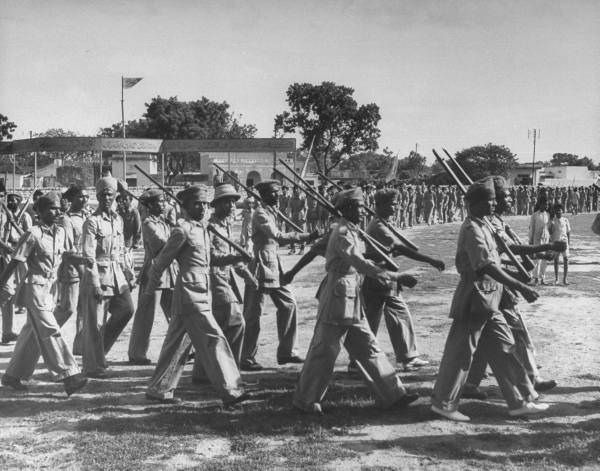
The Razakars, the armed wing of the Majlis-e-Ittehadul Muslimeen (MIM), were tasked with enforcing Islamic dominance in Hyderabad. By 1948, the Nizam sought to suppress Hindu demands for Hyderabad’s accession to India and ordered the Razakars to launch brutal attacks. Within a short period, the Razakars recruited nearly 200,000 militants and unleashed terror across Hindu-majority areas in Telangana.
Historian Frank Moraes documented that by early 1948, the Razakars had expanded their violent activities beyond Hyderabad city to rural areas, massacring Hindus, abducting women, plundering villages, and seizing non-Muslim properties. Another historian, P.V. Kate, recorded in Marathwada Under the Nizams that Hindu women were subjected to horrific violence, thousands of people were imprisoned, and many fled Hyderabad to seek refuge in India’s Central Provinces. Around 40,000 Hindu civilians were forced to abandon their homes, while over 150 villages suffered extreme brutality at the hands of the Razakars.
Nehru’s Hesitation and Patel’s Resolve
Reports of Hindu persecution in Hyderabad reached India’s first Prime Minister, Jawaharlal Nehru, but he was reluctant to take military action, fearing retaliation from Pakistan. However, India’s Deputy Prime Minister and Home Minister, Sardar Vallabhbhai Patel, was determined to annex Hyderabad and put an end to the Razakars’ reign of terror.
Under Patel’s insistence, Nehru finally approved military intervention. On September 13, 1948, the Indian Army launched ‘Operation Polo’ to integrate Hyderabad into India.
Operation Polo and Hyderabad’s Annexation
The Nizam’s refusal to accede to India and his decision to maintain neutrality led to increasing tensions. Hyderabad was strategically located in central India, and its independence could potentially have destabilized the region. The Nizam’s forces, particularly the Razakars, a paramilitary group loyal to his regime, carried out violent repression of the population, especially targeting Congress supporters and the Communists. By 1948, the situation in Hyderabad had deteriorated into a near state of anarchy, with frequent communal riots and lawlessness.
Faced with the Nizam’s intransigence, the Indian government, under the leadership of Prime Minister Jawaharlal Nehru and Home Minister Sardar Vallabhbhai Patel, decided to take military action. The operation, which came to be known as Operation Polo, was launched on September 13, 1948. The Indian Army, under the command of Major General Jayanto Nath Chaudhuri, mobilized around 30,000 troops for the operation. These forces were supported by armor and air support, which gave India a significant advantage over the Nizam’s much smaller and less-equipped forces. The Nizam had only about 20,000 soldiers in his army, along with the approximately two lakh Razakars, but their fighting capabilities were limited, and they were poorly coordinated.
The operation began with a swift advance by the Indian Army, which quickly overwhelmed the Nizam’s forces. One of the most significant clashes occurred near the city of Secunderabad, where Indian forces faced stiff resistance from the Razakars. However, the Indian Army’s superior training, strategy, and equipment enabled them to break through quickly. Within five days of intense fighting, the Indian forces had captured most of the key areas in Hyderabad, including the city of Hyderabad itself, and the Nizam was forced to surrender. The Nizam’s forces were no match for the well-organized Indian military, and by September 18, 1948, the Nizam signed an instrument of accession, officially making Hyderabad a part of the Indian Union.
Operation Polo, while militarily successful, was not without its consequences. The operation led to significant communal violence, with atrocities committed by both the Indian Army and the Razakars. Thousands of people were killed, and there were reports of widespread looting and destruction. Despite this, the annexation of Hyderabad was a necessary step for India’s consolidation and unity. The integration of Hyderabad brought a major region under India’s control and ended one of the last significant challenges to the country’s territorial integrity after independence. The Indian Army swiftly advanced into Hyderabad, engaging in a five-day battle against the Nizam’s forces. Despite Hyderabad having an army of 220,000 soldiers, it suffered a crushing defeat, losing 5,738 men, while the Indian Army, with just 35,000 troops, lost only 35 soldiers. The battle ended in an overwhelming victory for India, and Hyderabad was officially annexed into the Indian Union.
The Nizam’s Surrender and Aftermath

Following the humiliating defeat, the Nizam of Hyderabad surrendered to Sardar Patel and agreed to merge his state with India. The Razakars were dismantled, and their leader, Qasim Razvi, was imprisoned from 1948 to 1957 before seeking asylum in Pakistan. Before leaving, Razvi handed over control of the MIM to Abdul Wahed Owaisi. Operation Polo was a crucial military operation that secured the integration of Hyderabad into the Indian Union. With the Indian Army’s swift and overwhelming force, the annexation was completed in just five days. The operation, involving around 30,000 Indian soldiers, highlighted the urgency with which the Indian government sought to unify the country in the post-independence era, making it a defining moment in India’s history. Despite the ensuing violence, the successful annexation of Hyderabad helped solidify India’s position as a united nation and dealt a decisive blow to the forces of fragmentation.


